Graphics Reference
In-Depth Information
the Moebius strip defined in Chapter 6, but we shall modify our earlier construction
to match the vector bundle structure better. To this end, let the total space
E
be the
space [0,p] ¥
R
with the two ends glued together after giving one end a 180° twist,
that is, the point (0,t) is identified with the point (p,-t). The base space is the center
line, or
meridian
, [0,p] ¥ 0 with the end point (0,0) glued to the end point (p,0). What
we get is a circle that is identified with
S
1
and we have the obvious projection map p
which maps each fiber c ¥
R
to c. The space
E
is obviously not homeomorphic to
S
1
¥
R
and so the bundle is not trivial. This is the quick and dirty description of the line
bundle we are after, but filling in the missing details would be a little messy. There-
fore, we shall now describe a quite different construction for the “same” bundle, one
that leads to a nice generalization in Section 8.13.
Let
1
1
p:
SP
Æ
be the standard 2-fold covering of
P
1
, which maps every point
q
Œ
S
1
into the equiv-
alence class
[]
=-
1
qqqP
{
,
}
Œ
The
canonical line bundle
g=(
E
,p,
P
1
) over
P
1
is defined as follows:
Definition.
(1)
E
= {([
q
],t
q
) Œ
P
1
¥
R
2
| t Œ
R
}.
(2) p([
q
],t
q
) = [
q
].
To show that g is a vector bundle, we must show that the fibers have a vector space
structure and that the bundle is locally trivial. Since the fibers of this bundle are just
the lines through the origin in
R
2
, we can obviously consider them as one-dimensional
vector spaces. To prove the locally triviality property define sets
˜
{
}
Ã
˜
()
Ã
==
(
)
ŒÃ
1
2
1
1
Uq
q
,
q
SR
q
>
0
S
and
U UP
=
p
.
(8.26)
i
12
i
i
i
The sets
U
i
are open sets whose union is
P
1
. Define homeomorphisms
¥Æ
()
-1
j
:
UR
p
U
i
i
i
by
j
i
()
=
(
x
,
t
x
,
t
q
)
,
where
x
= [
q
] and the representative
q
for
x
is chosen so that q
i
> 0. It is easy to check
that the maps j
i
are well-defined homeomorphisms because the sets
U
˜
i
do not contain
antipodal points. This finishes the proof that g is a line bundle. Exercise 8.9.2 asks the
reader to show that g is isomorphic to the open Moebious strip bundle described
above.
Finally, we prove that the line bundle g is not trivial by showing that it does not
admit any nonzero cross-section. Suppose that g had a nonzero cross-section s. It
would follow that the map


